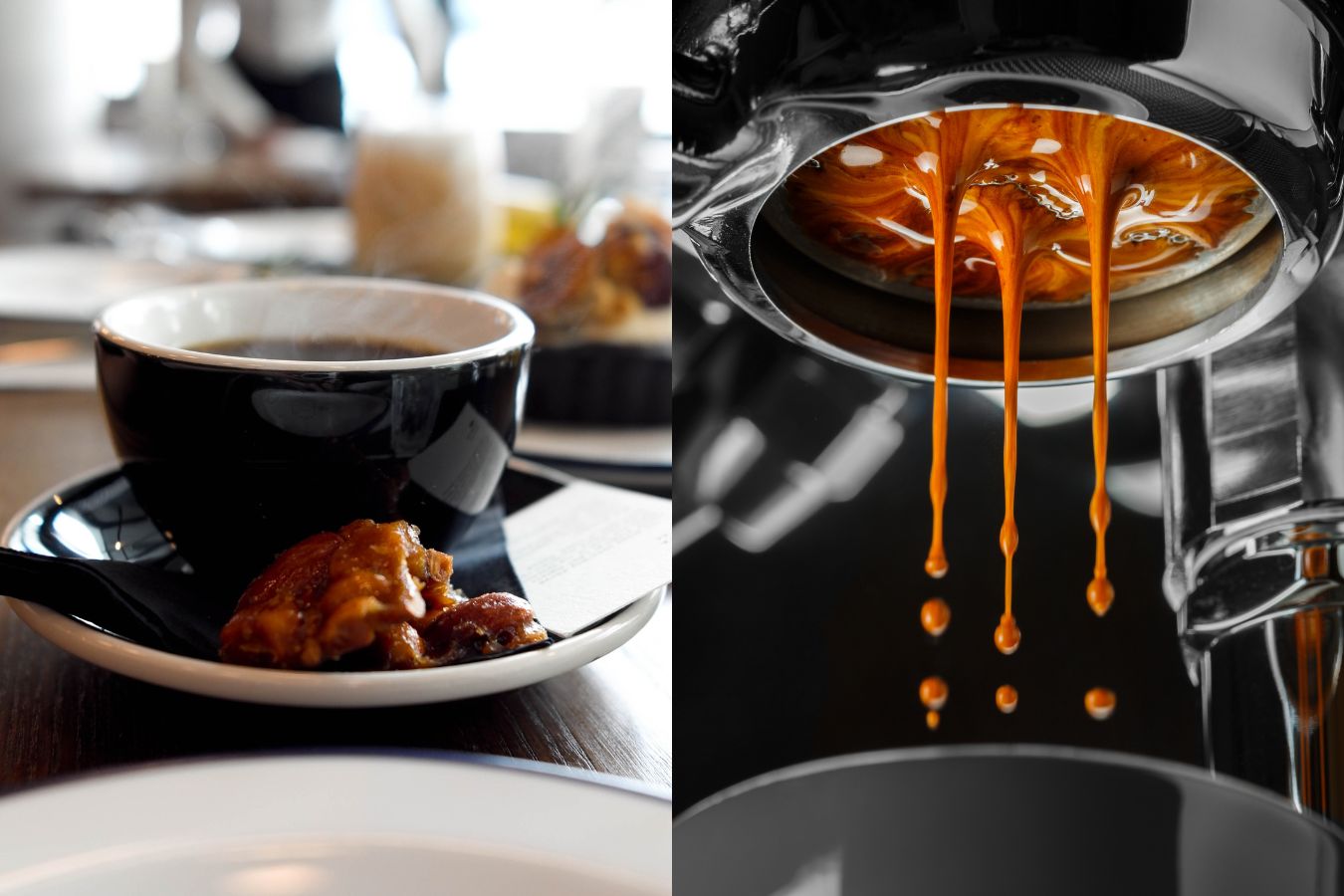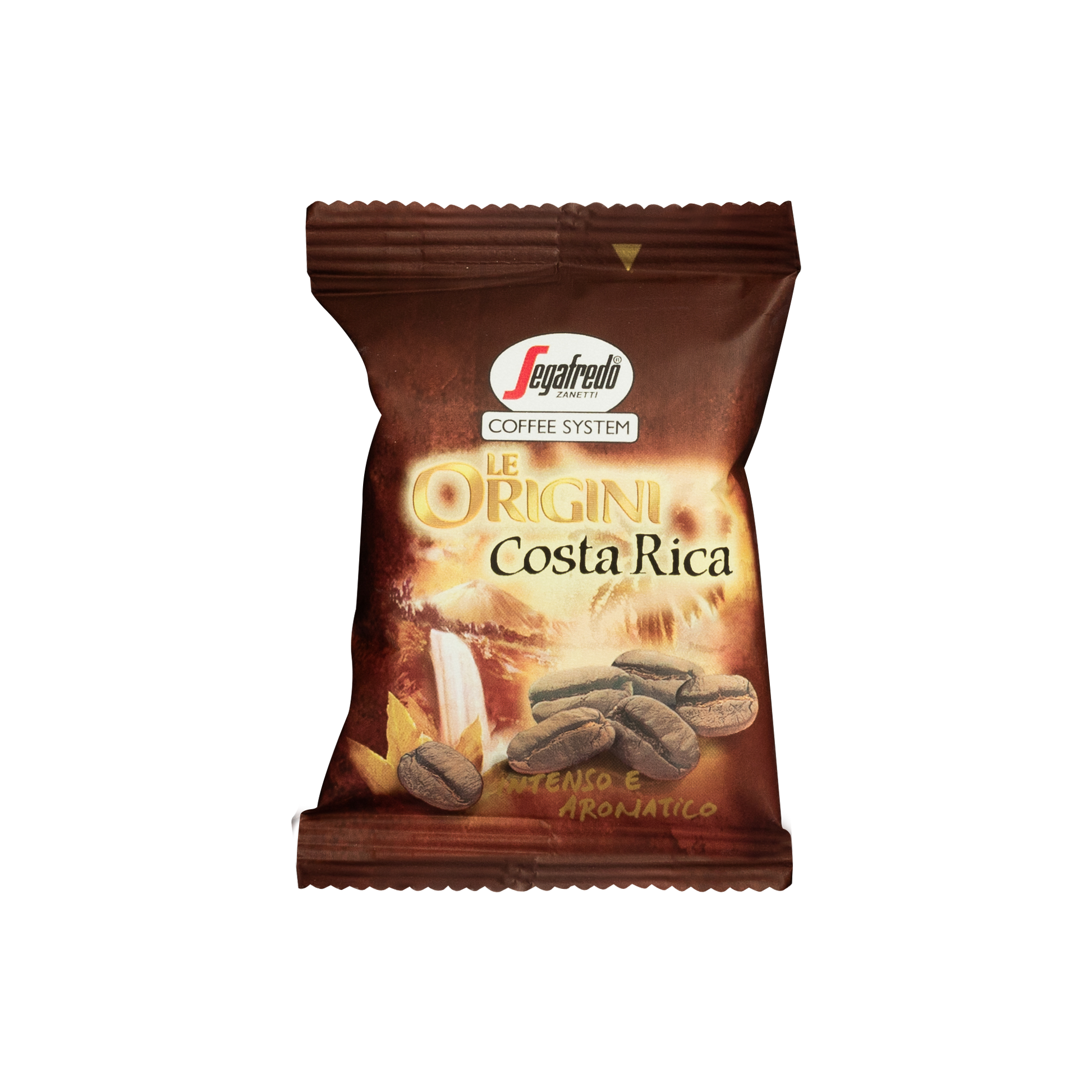Top Spots Serving SOE Single Origin Espresso Near You
Top Spots Serving SOE Single Origin Espresso Near You
Blog Article
Comprehending Coffee Beans: the Trip From Coffee to Blended Coffee Beans

The Origins of Coffee: An International Perspective
While you might think of coffee as a contemporary staple, its origins map back centuries, linking with societies across the world. The story starts in Ethiopia, where tale says a goat herder named Kaldi discovered the stimulating effects of coffee beans after observing his goats romping energetically after eating them. This stimulated interest, leading to coffee's spread to Arab traders that treasured the brewed beverage. By the 15th century, it got to Persia, Egypt, and Turkey, where coffee shops ended up being social centers for discussion and society.
As trade paths expanded, coffee made its method to Europe in the 17th century, rapidly obtaining appeal. It changed from a mystical drink into a daily routine, intellectual exchanges and inspiring celebrations. Each culture added its special spin to coffee preparation, improving its history. This global journey highlights how coffee links us, transcending boundaries and unifying diverse practices via a straightforward bean.
Cultivation and Harvesting of Coffee Beans
As coffee's journey developed, the emphasis shifted to the growing and harvesting of certain bean selections, especially those utilized for espresso. You'll discover that espresso beans often originate from Arabica or Robusta plants, each offering unique tastes. The ideal expanding problems consist of high elevations and abundant, well-drained dirt, which improve the beans' high quality.
Throughout the harvest, selecting techniques differ. Timing is essential; you desire to gather when the cherries reach peak ripeness for maximum flavor.
Once collected, the beans are planned for handling, which is vital in identifying their final preference. Recognizing the growing and harvesting procedures offers you understanding right into what goes into your favored espresso, enhancing your admiration for each cup.
Handling Techniques: From Cherry to Bean
Since you have actually discovered collecting espresso beans, allow's check out just how those cherries transform into the coffee beans you love. You'll see how various harvesting methods influence taste, followed by the important actions of fermentation and drying. We'll damage down the milling and grading procedure that establishes your coffee's high quality.
Harvesting Techniques Discussed
When it comes to coffee, understanding harvesting techniques is vital, considering that they directly influence the taste and quality of the beans you appreciate. Discerning picking involves hand-picking only ripe cherries, guaranteeing you get the best top quality beans. Inevitably, the selection of harvesting method can greatly influence your coffee experience, so it's worth knowing how those beans made it to your mug.
Fermentation and Drying
After gathering, the next action in processing coffee beans play a considerable role fit their flavor. You'll discover that fermentation is crucial, as it aids damage down the mucilage bordering the beans, boosting their taste account. Relying on the technique, this procedure can last from a few hours to numerous days, with varying outcomes based on temperature level and humidity.
Sun-drying allows the beans to soak up flavors from the atmosphere, while mechanical drying assurances regular moisture degrees no matter of weather condition. Proper drying is vital to avoid mold and preserve the beans' quality, eventually affecting your mug of coffee.
Milling and Grading Refine
As fermentation and drying out established the stage for flavor growth, the milling and grading process guarantees that just the best coffee beans make it to your mug. This stage involves removing the external layers of the coffee cherry, including the parchment and husk. Top notch beans get a greater grade, resulting in a richer coffee experience.
Toasting Methods: Unlocking Taste Prospective
When you roast coffee beans, the approach you pick can drastically impact the taste profile. Comprehending the partnership in between time, temperature level, and toasting techniques is key to disclosing the possibility of your mixture. Let's discover just how these elements come together to create the ideal cup.
Roasting Methods Discussed
While you might assume that all coffee toasting techniques produce the same results, the fact is that each strategy discloses one-of-a-kind taste possibilities in the beans. You can select between methods like drum roasting, air roasting, or perhaps typical frying pan roasting. Drum roasting makes use of a turning drum to equally disperse warm, boosting caramelization and generating a balanced taste. Air roasting, on the other hand, distributes warm air around the beans, advertising a lighter roast with obvious acidity. Pan roasting enables hands-on control yet requires constant focus to avoid burning. Each technique has its nuances, so try out different methods can assist you find the ideal roast that straightens with your taste preferences. Delight in the trip of finding your ideal cup!

Influence on Flavor Profile
Various roasting techniques not just influence the process but also considerably affect the flavor account of the coffee beans. Dark roasts, on the various other hand, bring out strong, smoky flavors, in some cases masking the bean's unique attributes. Recognizing these nuances aids you value the artistry behind your cup of coffee, enhancing your overall experience with every sip.
Time and Temperature Factors
To release the complete taste capacity of coffee beans, both time and temperature throughout the roasting procedure play significant functions. When toasting, you'll discover that greater temperature levels can promptly create flavors, however if you rush it, you could end up with burned notes. On the other hand, lower temperature levels permit a much more gradual flavor development, showcasing the beans' special characteristics.

Timing is equally as crucial; extending the roast also long can lead to a loss of acidity and brightness, while too brief a roast might leave the beans underdeveloped. Finding that wonderful area needs technique and experimentation. By adjusting these factors, you can reveal the abundant, intricate tastes hidden within each bean, creating a genuinely amazing coffee experience.
The Art of Mixing: Crafting Distinct Coffee Accounts

Beginning by selecting a base coffee that provides a strong foundation. A brilliant Ethiopian bean can bring fruitiness, while an abundant Brazilian coffee includes body.
As you blend, remember that each mix informs a story. You're not just making coffee; you're producing an experience. So, take your time, taste frequently, and appreciate the trip of finding your trademark mix.
Brewing Techniques: How Prep Work Affects Taste
Blending coffee opens up a domain name of taste possibilities, however exactly how you make that mix can significantly influence your final cup. On the other hand, a pour-over highlights the coffee's quality and illumination, best for showcasing fragile notes.
Coffee, with its high stress, generates a concentrated shot that highlights sweetness and crema. If you choose a lighter mixture, think about a cold brew method; it yields a smooth, much less acidic taste.
Eventually, trial and error is essential. Readjusting variables like water temperature, grind size, and make time can change your coffee's profile. So, accept the art of brewing to discover the tastes concealed in your coffee blends. The right approach can elevate your experience to new elevations.
The Future of Coffee: Sustainability and Innovation
As the coffee sector evolves, sustainability and advancement are ending up being important for resolving ecological difficulties and conference consumer demands. You'll discover that even more coffee business are embracing environmentally friendly techniques, from sourcing beans ethically to carrying out sustainable farming strategies. These shifts not just assist the earth however additionally improve the top quality of the coffee you enjoy.
You might see innovations like biodegradable product packaging and water-saving developing approaches that decrease waste. Advanced technology, such as blockchain, is additionally ending up being prominent, ensuring openness in the supply chain, which enables you to trace your coffee back to its beginnings.
Furthermore, buying local neighborhoods and sustaining farmers with fair trade initiatives fosters a much more lasting coffee community. As you sip your following mug, keep in mind that your choices can add to a brighter future for coffee. By choosing sustainable brand names, you're not just delighting in a beverage; you're making a positive effect on the world.
Frequently Asked Questions
What Is the Distinction Between Arabica and Robusta Beans?
Arabica beans are smoother, sweeter, and have a see higher level of acidity, while robusta beans are stronger, extra bitter, and consist of more caffeine. When brewing your coffee., you'll discover these distinctions in taste and aroma.
Exactly How Does Altitude Affect Coffee Bean Flavor?
Elevation impacts coffee bean flavor considerably. Higher elevations produce beans with brighter acidity and facility flavors, while lower elevations commonly generate beans that are much heavier and much less nuanced. You'll notice these differences in your mug!
What Are the Health And Wellness Perks of Drinking Coffee?
Consuming alcohol coffee can improve your power, boost mental emphasis, and even improve physical efficiency. It's rich in antioxidants, may lower the danger of specific conditions, and can promote a much healthier metabolism when consumed in small amounts.
Can Coffee Beans Be Reused for Brewing?
Yes, you can reuse coffee beans for developing, but the flavor could be weak. If you delight in experimenting, attempt recycling them in various means, like cold mixtures or contributing to shakes for an added kick.
How Should I Shop Coffee Beans for Quality?
To maintain your coffee beans fresh, store them in an airtight container in a cool, dark place. Avoid subjecting them to warm, light, or dampness, as these elements can promptly deteriorate their flavor and scent.
Understanding Coffee Beans: the Trip From Espresso to Blended Coffee Beans.
Now that you've discovered regarding harvesting coffee beans, allow's check out exactly how those cherries transform into the coffee beans you enjoy.When you roast coffee beans, the technique you pick can considerably influence the taste profile - Single Origin Espresso.While you may think that all coffee toasting methods yield the very same results, the reality is that you can try this out each method discloses one-of-a-kind taste capacities in the beans.Different roasting techniques not just affect the procedure but likewise greatly influence the taste account of the coffee beans
Report this page